For millennia, human beings all over the world have expressed their deepest yearnings and highest aspirations in similar, beautiful ways. The remarkable harmony among these manifestations suggests that human nature is stable and universal. And given our ancestors’ impressive agreement concerning a spiritual world—honored through similar structures and rituals all over the globe—we can also infer the existence of an immortal soul.
Earlier in this blog series, I discussed global harmonies in the realms of temple architecture, pilgrimage traditions, ceremonial dress, and burial rituals. In this installment, I will discuss the worldwide importance of what art historians call “cult statues,” otherwise known as idols. In nearly all times and places, beginning deep in the mists of prehistory, humans have chosen to evoke spiritual beings through the medium of sculpture. For the faithful, these cult statues unveiled spiritual realities to the senses, functioning as powerful materializations of the divine.
For many people today, the term “idol” has decidedly negative connotations. Jews, Christians, and Muslims associate the term with scriptural injunctions against the worship of false gods and even demons. Secular modern thought, meanwhile, connects idol worship with backwardness and superstition. Accordingly, it may be difficult for many of us to empathize with our idol-worshipping ancestors. How strange to bring offerings to marble mannequins in dark sanctuaries!
However, in many countries today the mystique of the “idol” still holds strong, and the word itself lacks negative connotations. In India, for example, the Hindu faithful still revere the “idols” housed in their local temples, and even dress these statues in beautiful colors for holiday processions. Among the Hopi of North America, Katsina sculptures are still used to evoke the spirits and educate children about their divine patrons. Meanwhile, in Japan, outdoor sculptures of the Buddha are frequently clothed in the winter and honored with food and other gifts. Even in the Christian tradition, beautiful statues of Jesus and Mary are often carried in procession on special days in practices that echo traditions in both India (as mentioned above) and Polynesia.
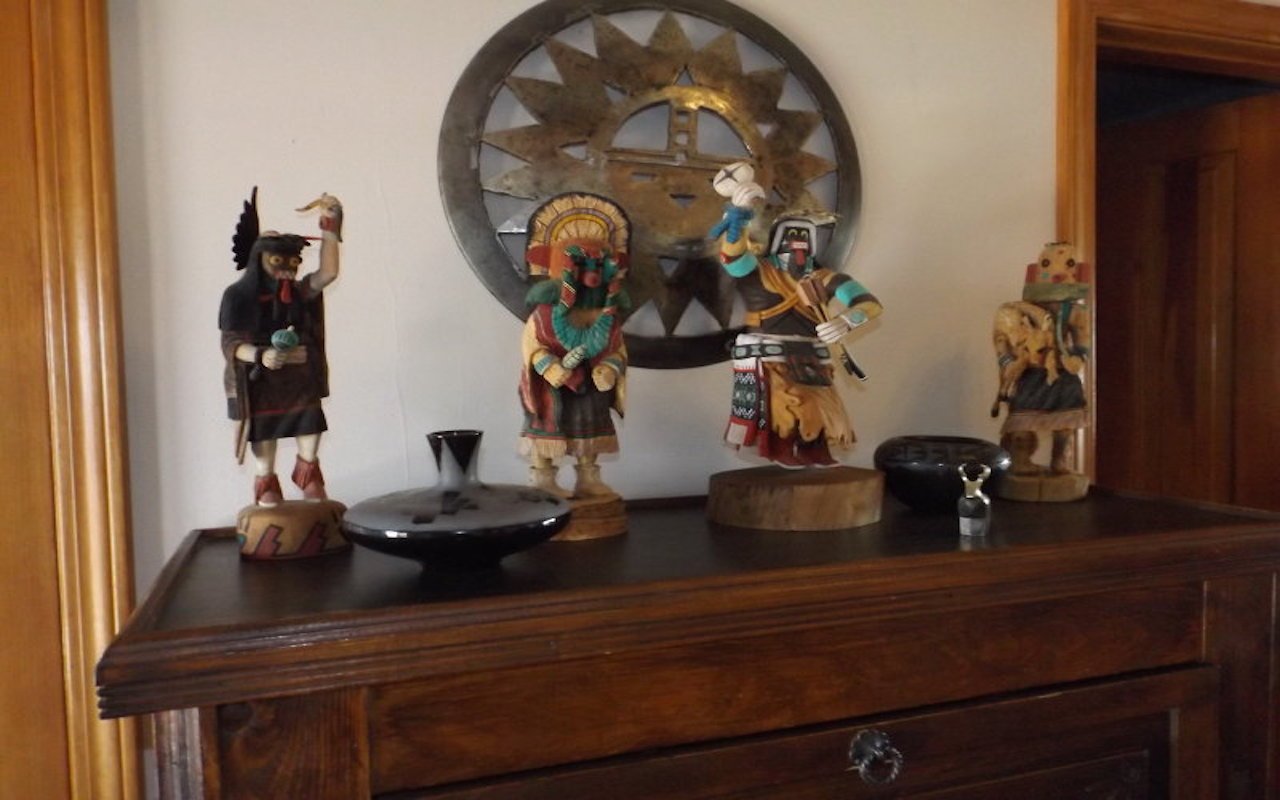 Kachinas / Ashley Wann, CC BY-SA 4.0, via Wikimedia Commons
Kachinas / Ashley Wann, CC BY-SA 4.0, via Wikimedia Commons
The word “idol” comes from the Greek word “eidolon,” whose meaning is complex and elusive. In Greek literature, “eidolon” can mean “image,” but it also means “double,” “apparition,” or even “ghost.” In its complexity, the word “eidolon” suggests that an original is always somehow present in its image, whether in actual substance, through the leaving of an “imprint,” or likeness. This imprint bears the original’s true outlines and provides evidence of its existence—rather like a mystical fingerprint or photograph. Such “idols” can be of miraculous origin (as discussed in Part II of this blog series), or they can be the product of human craft and inspiration. When they are human-made, idols can be understood as their sculptors’ response to a kind of spiritual pressure. A supposedly divine essence is made present to the sculptor, and he (or she) works to translate that essence into the realm of the visual.
Accordingly, idols can take on many shapes and sizes, proportionate to the breadth of their social function and the greatness of the spiritual being they evoke. Famous ancient examples of grand, monumental idols—evoking powerful beings and providing spiritual focus for multitudes—include the Great Sphinx of Egypt and the (now lost) Colossus of Rhodes, a 100-foot-tall statue of the sun god Helios. The Aztecs also likely constructed monumental statues, as attested by the ten-foot-tall statue of the goddess, Coatlicue, who is now in Mexico’s National Museum of Anthropology. In Japan, the Great Buddha of Kamakura, a bronze sculpture standing (or rather, sitting) almost 45 feet high, has been a pilgrimage destination for eight centuries. Even older monumental Buddhas included the nearly 200-foot relief sculptures at Bamiyan, Afghanistan, which were famously destroyed in 2001 by the Taliban.
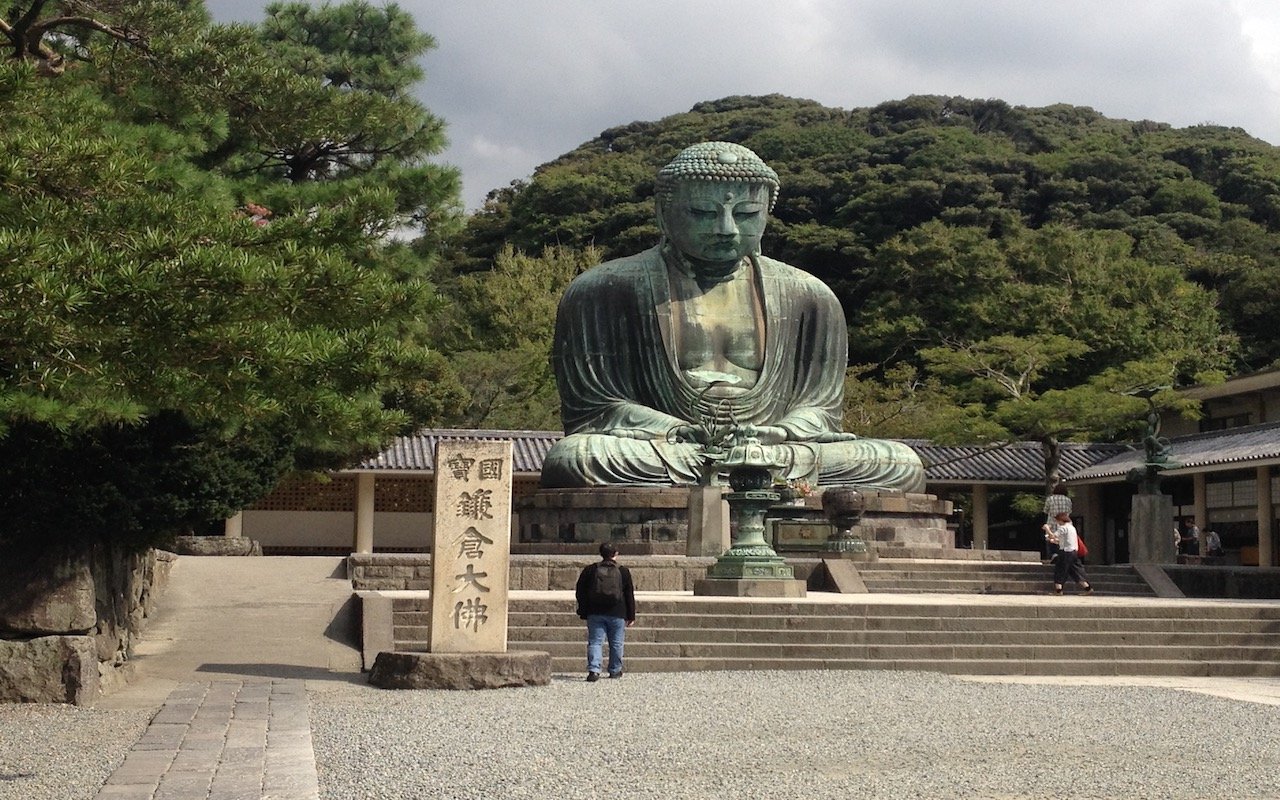 The Great Buddah / Daniel M. Dobkin, CC BY-SA 4.0, via Wikimedia Commons
The Great Buddah / Daniel M. Dobkin, CC BY-SA 4.0, via Wikimedia Commons
In the twentieth century, meanwhile, religious faithfuls from around the world have used modern technology to erect cult statues on an even more spectacular scale. In the Christian world, statues like Rio’s Christ the Redeemer (125 feet) and Butte, Montana’s Our Lady of the Rockies (rising 9000 feet above sea level) impress visitors of all backgrounds. Throughout Asia, meanwhile, dozens of gigantic Buddha sculptures—some carved from living rock—have been constructed in recent years. Remarkably several of the grandest, such as the Great Buddha of Ling Shan (completed in 1996 and standing almost 300 feet tall), can be found in the officially atheist nation of China.
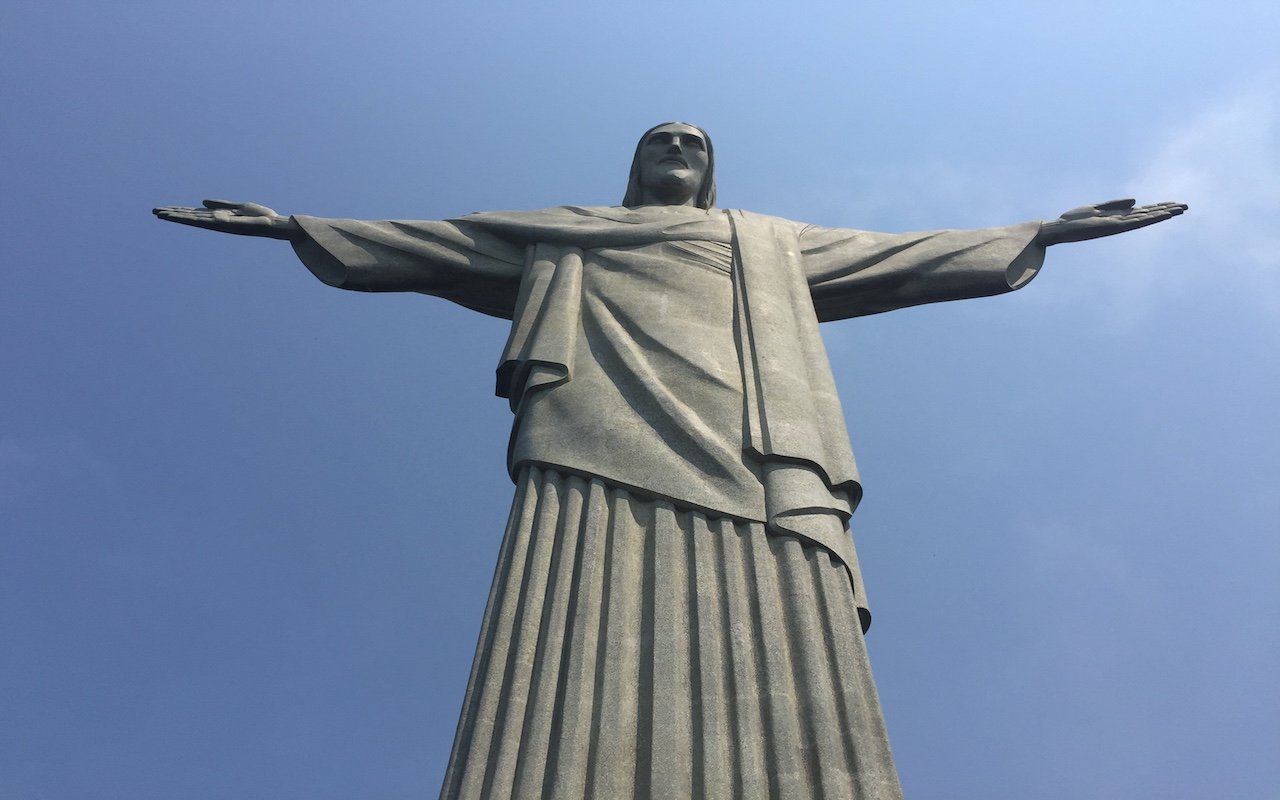 Christ the Redeemer / PLBechly, CC BY-SA 4.0, via Wikimedia Commons
Christ the Redeemer / PLBechly, CC BY-SA 4.0, via Wikimedia Commons
Other “idols,” however, are considerably more modest in form and function. In parts of Africa, small Akua’ba, or “Fanti dolls,” are carried by young women to facilitate the bearing of attractive and healthy children. These tiny effigies embody ideals of beauty that pass through a kind of spiritual osmosis into the mother’s womb. In Caribbean cultures, “Voodoo” dolls can perform a similar function—and many others as well, including the healing of ailments and the sealing of relationships. One of the earliest “idols” known to historians, the so-called Venus of Willendorf, is also “doll-like” in its appearance: at only about four inches high, and with exaggerated feminine features, it may have functioned similarly to Akua’ba of today. In Mergarh, Pakistan, one of the world’s most developed Neolithic settlements, the inhabitants seem to have preferred exclusively small-scale statues: the only surviving examples—representing mother goddesses—can fit into the palm of one’s hand.
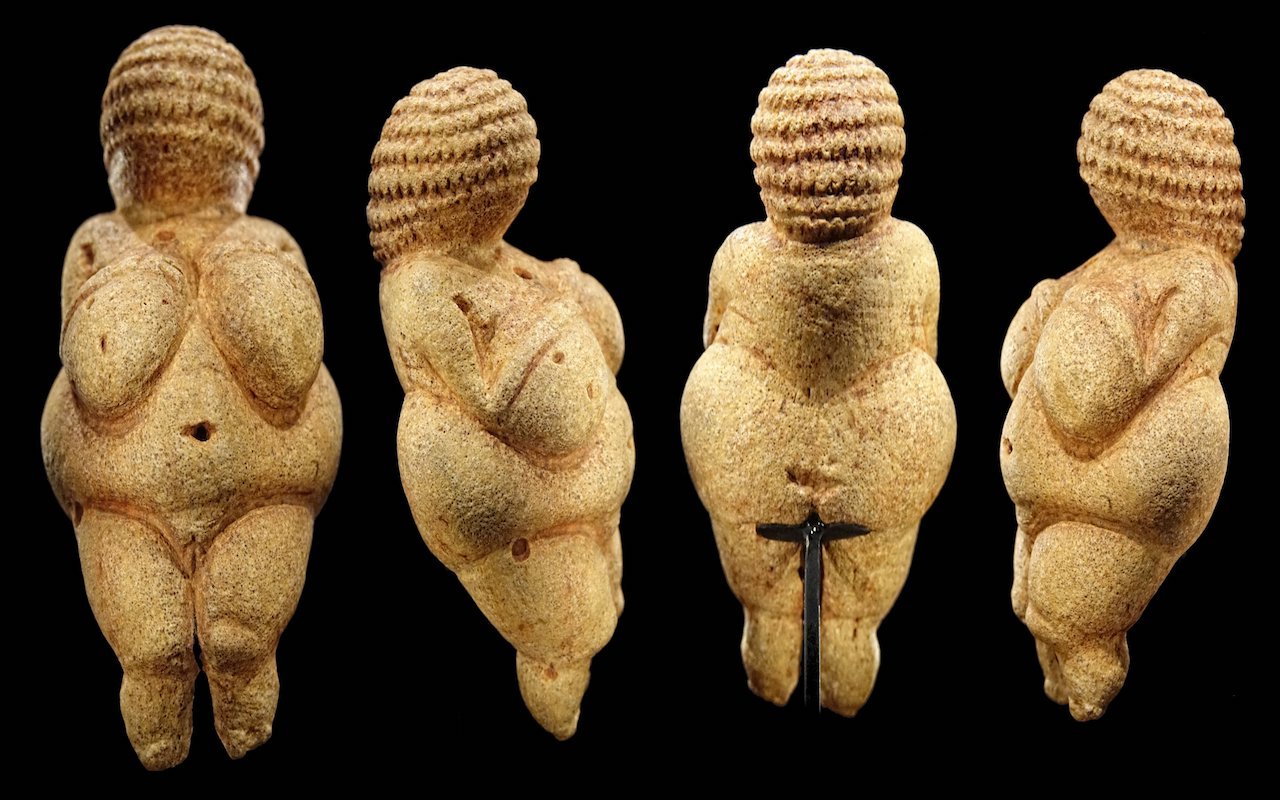 Venus from Willendorf / Bjørn Christian Tørrissen, CC BY-SA 4.0, via Wikimedia Commons
Venus from Willendorf / Bjørn Christian Tørrissen, CC BY-SA 4.0, via Wikimedia Commons
Whether large or small, all of these “idols” or cult statues bear tell-tale signs of their professedly spiritual origins. This is because all of them embrace techniques of distortion that point to the incomprehensibility of what they evoke: each one summons beings or ideals greater than the mind can conceive. Gargantuan size is one way to express these intuitions of powerful divinity. Other techniques include the multiplication of limbs (as in statues of the Hindu deities Shiva and Durga) or the synthesis of human characteristics with animal ones (as seen among the gods of both ancient Egypt and the Americas). Even the ancient Greeks, whose gods are among the most “realistic” in world history, employed a subtle kind of distortion: starting in the 400s BC, their divine effigies were often subject to rigid mathematical rules.
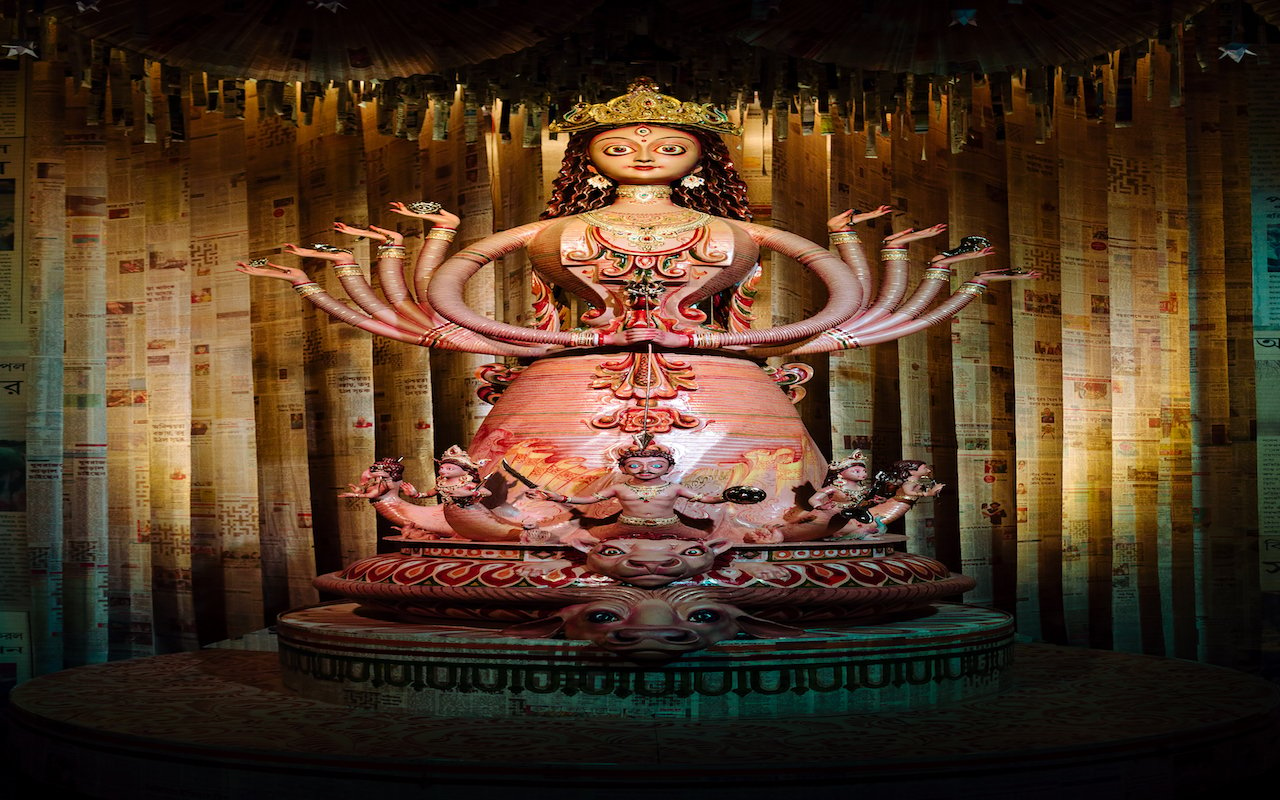 Haridevpur 41 Pally Durga Puja 2019 / Subhrajyoti07, CC BY-SA 4.0, via Wikimedia Commons
Haridevpur 41 Pally Durga Puja 2019 / Subhrajyoti07, CC BY-SA 4.0, via Wikimedia Commons
Given their power over the imagination, it’s no surprise that “idols” are still present in our modern, secular world. Anyone who has been to Washington D.C. can attest to the weighty mystique of the Lincoln Memorial with its brooding colossus seated in flickering shadow. Or consider the reverence often paid to the Statue of Liberty rising over 300 feet from her majestic perch overlooking New York Bay. Meanwhile, in totalitarian countries, the power of the gargantuan idol form has been used even more assertively, as with the hundreds of statues of Lenin erected in the Soviet era, or more recently, the gleaming effigies of Communist leader Saparmurat Niyazov in Turkmenistan.
.jpg?width=1280&name=Golden_Statue_of_Saparmurat_Niyazov_(5730563311).jpg) Golden Statue of Saparmurat Niyazov / David Stanley from Nanaimo, Canada, CC BY 2.0, via Wikimedia Commons
Golden Statue of Saparmurat Niyazov / David Stanley from Nanaimo, Canada, CC BY 2.0, via Wikimedia Commons
Even more humble, secular practices today reflect the mystique of the the sculpted “imprint” and its capacity to evoke a spiritual essence. One example is the phenomenon of the “Burning Man,” an enormous wooden effigy set ablaze every year in the Nevada desert. In modern Japan, discarded dolls are often given funerals to release their souls. Even certain travel souvenirs—such as tiny models of the Eiffel Tower or Michelangelo’s David—suggest the power of the “imprint.” Objects like these are not just reminders; they feel like fragments or echoes of their originals. As their sellers often promise, they help visitors to “take home a piece” of the substance they’ve just experienced.
.jpg?width=1280&name=The_Man_is_Burning_(6156533025).jpg) The Man is Burning / Henner Zeller from San Francisco, US, California, CC BY-SA 2.0, via Wikimedia Commons
The Man is Burning / Henner Zeller from San Francisco, US, California, CC BY-SA 2.0, via Wikimedia Commons
Try as we might to neutralize the power of the “idol,” the human mind still reaches for ways to grasp the divine—to crystallize it, or coax it into matter, so that it can be reckoned with. In today’s media-driven culture, however, the word “idol” is much more likely to be applied to living celebrities than to statues in dark sanctuaries. Just who we idolize, then, deserves especially close scrutiny—particularly in our era of unscrupulous salesmanship and relentless sensory manipulation. Are we using our spiritual intuitions—our instincts toward eidola—in ways that genuinely celebrate the good, the beautiful, and the true?
Leshan Giant Buddha / 王计, CC BY 2.5, via Wikimedia Commons
Read Also:
Aesthetics and Spirituality Part I: High Places
Aesthetics and Spirituality Part II: Quests
Aesthetics and Spirituality Part III: Transformation Through Dress

